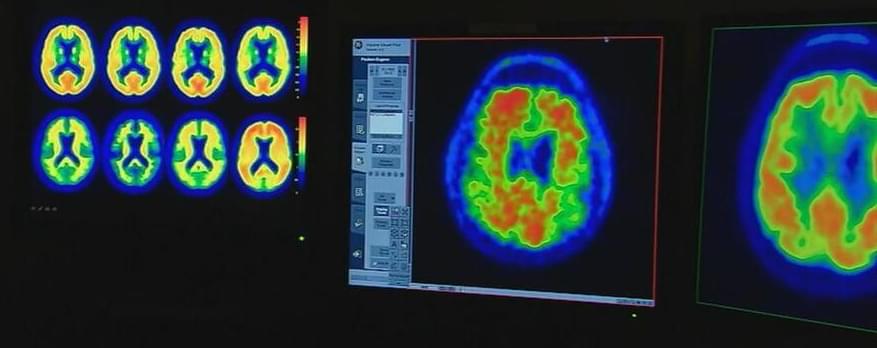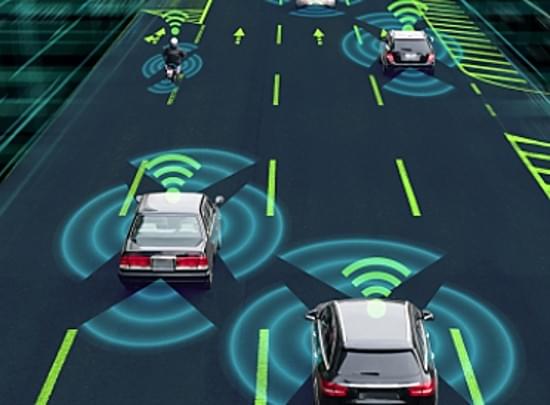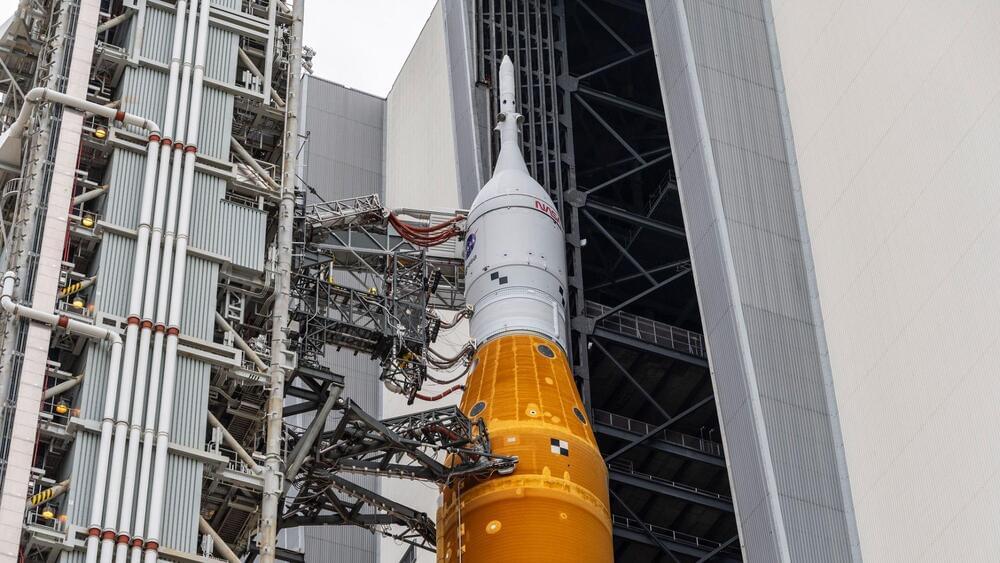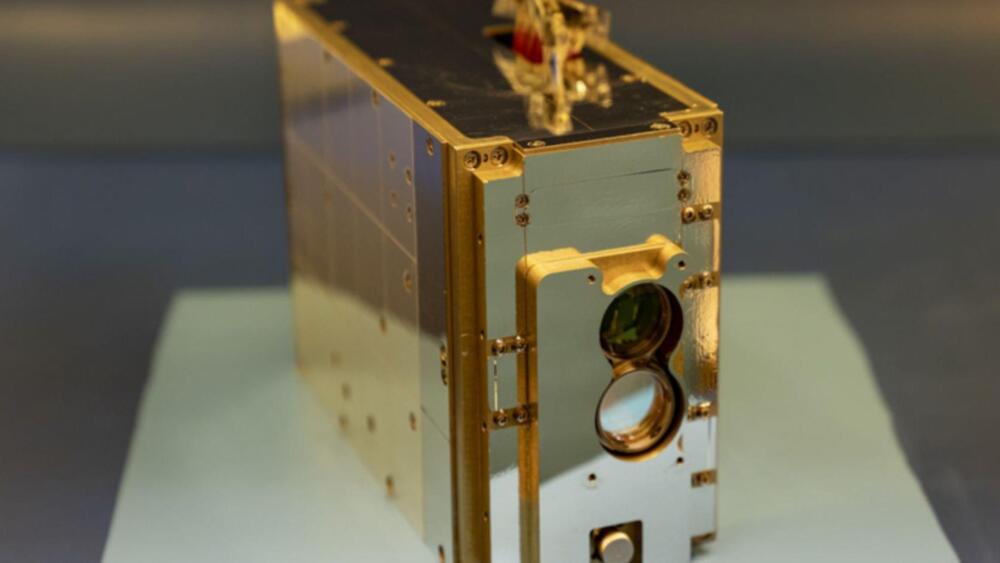According to Johns Hopkins Medicine scientists, a recent study with obese mice adds to evidence that specialized channel proteins are potential therapeutic targets for sleep apnea and other unusually slow breathing disorders in obese individuals.
The protein, a cation channel known as TRPM7, is located in carotid bodies, minute sensory organs in the neck that sense changes in oxygen and carbon dioxide levels, as well as certain hormones such as leptin, in the bloodstream. TRPM7 proteins aid in the transport and regulation of positively charged molecules into and out of the cells of the carotid bodies.
Lenise Kim, Ph.D., a postdoctoral fellow at Johns Hopkins Medicine and the leader of the current study, expands on earlier results from the lab that indicated TRPM7 had a role in the development of high blood pressure in mice.








